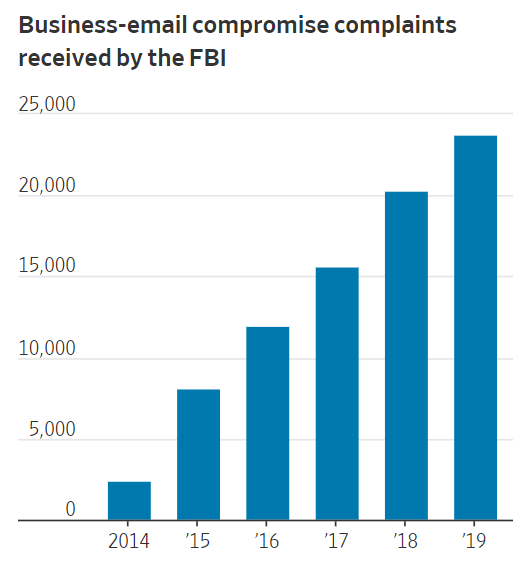Luckin COO Fabricated Sales Data
/Luckin’ Coffee, China’s largest coffee chain, is suffering the consequences of publishing false sales numbers. Ernst & Young discovered the misconduct, which took place in 2019, during an audit, concluding that “management personnel engaged in fabricated transactions which led to the inflation of the Company’s income, costs and expenses.” An investigation blames the chief operating officer and others.
A report details “the fraud and the fundamentally broken business,” including “smoking gun” evidence and “red flags.” The anonymous authors compare video recordings of store foot traffic to reported sales.
In response to the news, Luckin’s stock declined between 75 and 80%. Starting in February, when the anonymous report was made public, the company has been posting notices about the situation on its website.
Discussion:
Analyze the anonymous report, including the audiences, objectives, organization, writing style, etc. What works well, and how would suggest that the writer improve the report?
How well did the company address concerns? Begin with the first response in February.
What leadership character dimensions does this situation illustrate?

















